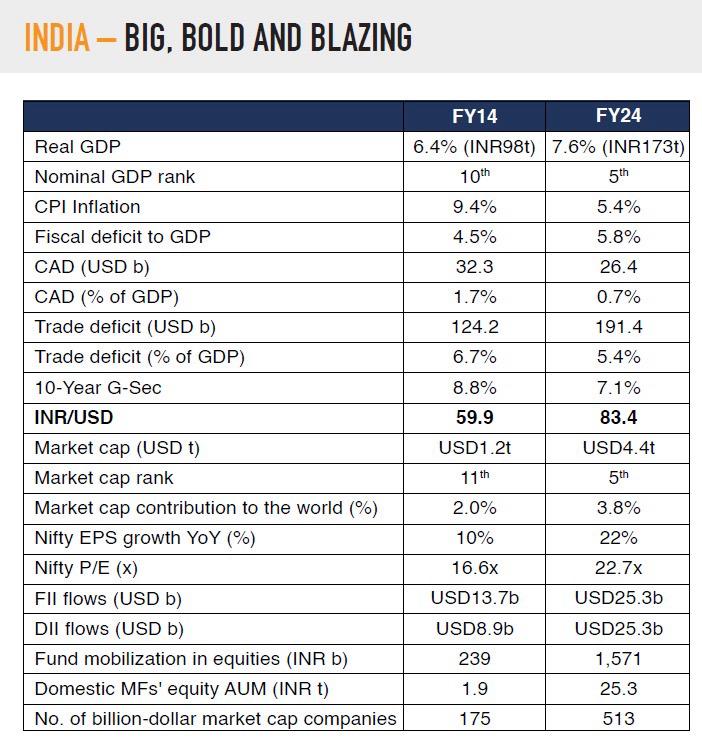WHEN TO SELL A STOCK
Although Warren Buffett famously says that his favorite holding period is “forever,” there are occasions when you may need to sell off your investments. Buying a stock is only half the job done; knowing when to sell is equally crucial. Many investors excel at purchasing stocks but struggle with identifying the appropriate time to sell. This struggle often leads to missed opportunities for maximizing gains or minimizing losses.
1. You Made a Mistake in Your Investment:
Sometimes, despite thorough research, an investment may not turn out as expected. If you realize that your initial analysis was flawed or new information comes to light that contradicts your original thesis, it may be wise to sell the stock.
Example: Suppose you invested in Jet Airways (India) Ltd. based on its market position and growth potential. Later, you find that the company’s financial health is much worse than anticipated, leading to potential bankruptcy. In such a scenario, selling the stock would be prudent to avoid further losses.

2. A Better Opportunity Arises:
If a new investment opportunity presents itself that promises better returns or aligns more closely with your investment goals, it might be beneficial to reallocate your funds.
Example: Suppose you hold shares of WIPRO Ltd., but you notice that Tata Consultancy Services (TCS), a company with superior fundamentals, is getting listed. TCS shows strong growth prospects and potential for higher returns. Considering this, switching your investment to TCS could be a more strategic move. TCS was listed on 25/08/2004 and has since delivered significantly higher returns compared to WIPRO, as illustrated in the graph below.

3. The Company No Longer Has a Competitive Advantage (No More Moat):
A company’s competitive edge, or ‘moat,’ can erode over time due to various factors like increased competition, technological advancements, or regulatory changes.
Example- Nokia was the first to create a cellular network in the world. In the late 1990s and early 2000s, Nokia was the global leader in mobile phones. However, the company overestimated the strength of its brand and believed it could arrive late to the smartphone race and still win. In 2008, one year after the first iPhone release, Nokia finally decided to compete with Android, but it was too late. Their products weren’t competitive enough.

4. The Stock Becomes Overvalued:
When a stock’s price exceeds its intrinsic value significantly, it may be overvalued. Selling overvalued stocks can help lock in gains and reduce the risk of a price correction.
Example: Suppose you invested in Indian Railway Catering & Tourism Corporation Ltd. (IRCTC) during its IPO. The stock experienced a significant price increase of 700% from2019 to 2021, resulting in a price-to-earnings (P/E) ratio exceeding 300 in October 2021, which was much higher than the industry average. This overvaluation could have been a signal to sell and realize your profits. Indeed, the stock subsequently corrected by 48% and only returned to its 2021 levels in May 2024, after 31 months.
P/E ratio of IRCTC post listing (2019-2024):

Shares of IRCTC post listing (2019-2024):

5. Change of Management
Leadership plays a crucial role in a company’s success. A significant change in management can affect the company’s direction and performance. If you lack confidence in the new management’s ability to steer the company, it might be a signal to sell.
6. Slow Growth
If a company’s growth slows down significantly, it might no longer align with your investment strategy, especially if you are focusing on high-growth opportunities.
Example: Suppose you invested in Bombay Dyeing & Manufacturing Company Ltd. because of its diverse business portfolio and growth potential. However, if the company begins to show prolonged periods of slow growth, it might be wise to consider selling your shares in favor of a company with better growth prospects. For instance, Bombay Dyeing’s revenue increased from ₹2325 crore in FY 2012-13 to ₹2674 crore in FY 2022-23—a mere15% increase over ten years. Additionally, the company has incurred losses in six out of those ten years, indicating a weak growth trajectory.
Shares of Bombay Dyeing (2014-2024):

Additionally, portfolio rebalancing is another reason to sell a stock. Over time, certain stocks in your portfolio may grow disproportionately, leading to an unbalanced investment strategy. Selling stocks that have performed well and reallocating the proceeds into other investments can help maintain your desired asset allocation and risk level.
Personal financial needs can also prompt the sale of stocks. Life events such as buying a house, funding education, or covering unexpected expenses may require liquidating some of your investments. In such cases, selling stocks can provide the necessary funds while still aligning with your long-term financial goals.
In conclusion, while holding onto stocks for the long term can be beneficial, it is equally important to recognize when to sell. Regularly reviewing your investments and staying informed about market conditions and company performance can help you make well-informed decisions.








